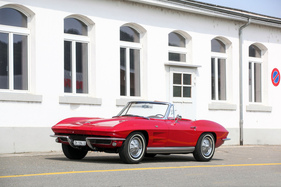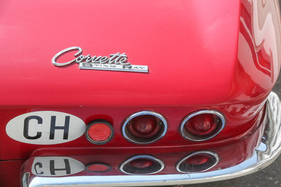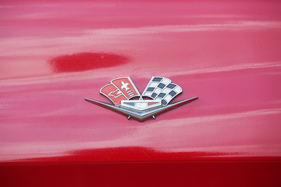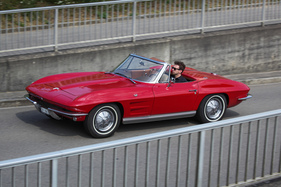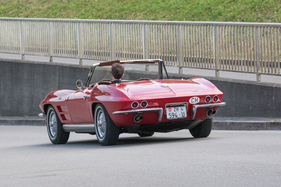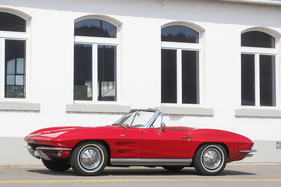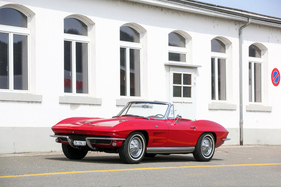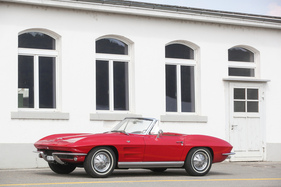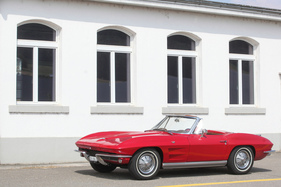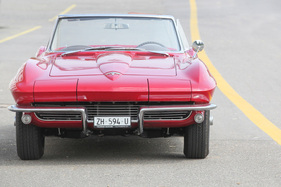Chevrolet Corvette Sting Ray Convertible - The red Zora
Summary
In 1963, the second generation of the Chevrolet Corvette finally shed the last bit of the street cruiser look of the 1950s. With independent suspension, up to 450 hp and an outstanding gearbox, it gave the established European competition a run for its money. Our driving report describes the impressions gathered behind the wheel of a 1964 Convertible and shows the Corvette in many photos.
This article contains the following chapters
- Japanese fish dish
- Shark shape for the ray
- Chic or sporty?
- A superlative of the sixties
- The peak with seven-liter big block
Estimated reading time: 8min
Preview (beginning of the article)
"Who would have thought ten years ago that the Corvette would one day have fuel injection, independent suspension, limited slip differential and a manual four-speed transmission? The Corvette has evolved into a car that any manufacturer would love to build, and has absolutely nothing to do with the six-cylinder, two-speed automatic that bore the Corvette name in its first model year." In November 1964, the US magazine Road & Track expressed what all Corvette drivers were thinking. Fortunately, General Motors had the courage to stick with the sports car project that had started with a huge flop in 1953. It was mainly thanks to the Belgian-born engineer Zora Arkus-Duntov that the sporting talent of the outwardly extremely attractive, but extremely flimsy plastic roadster grew from year to year, culminating in 1963 in a completely new, radically aggressively styled Ferrari terror.
Continue reading this article for free?
Photos of this article






